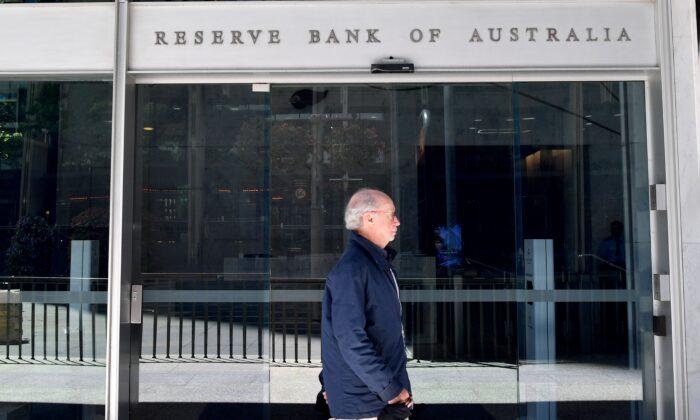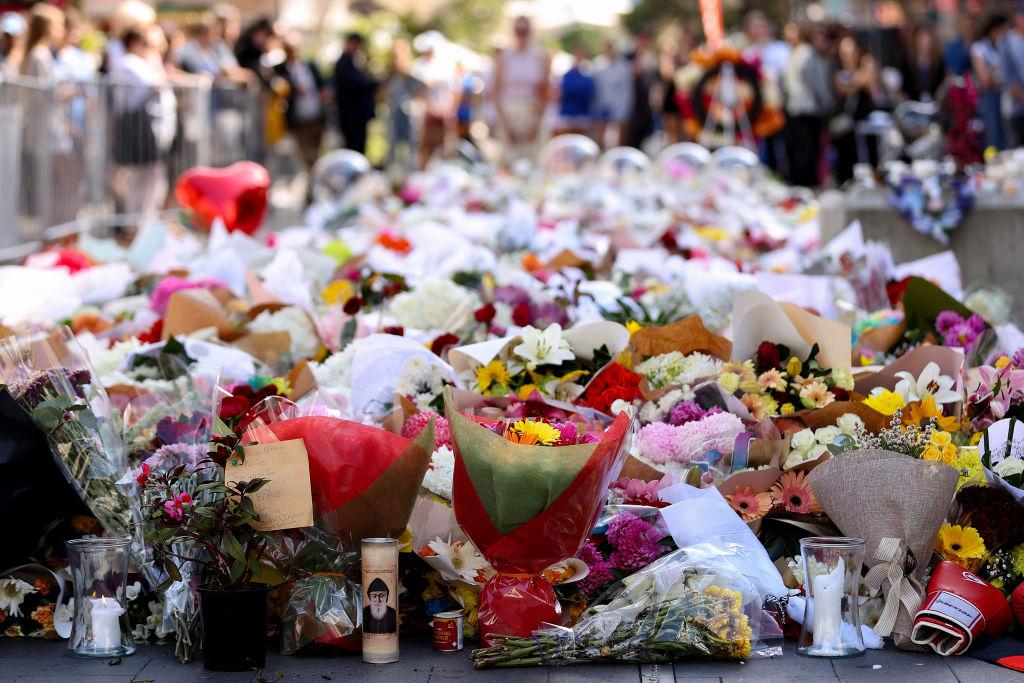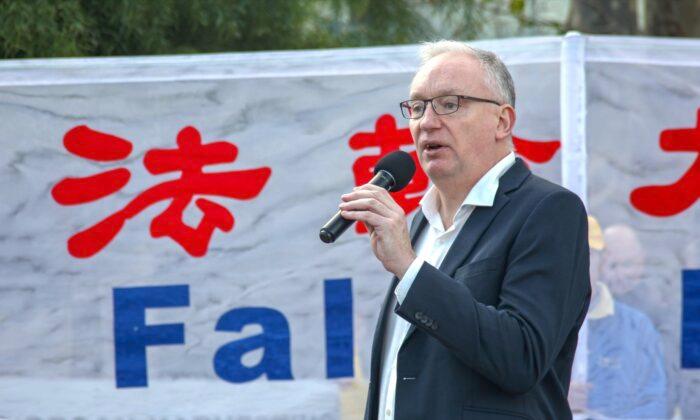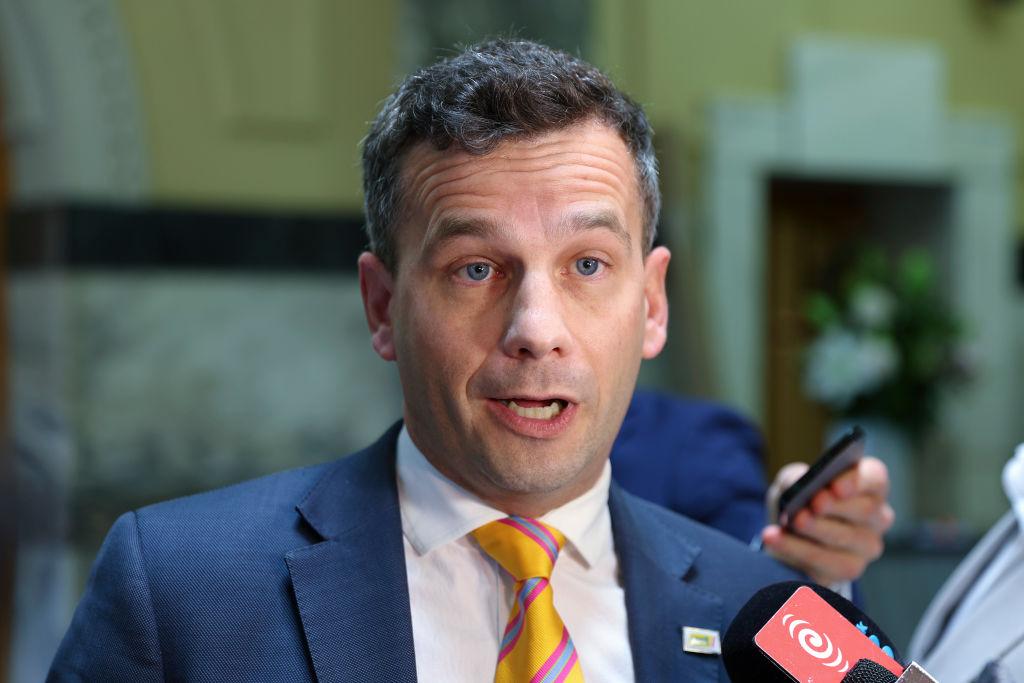The Reserve Bank of Australia (RBA) has raised the cash rate by 25 basis points to 2.85 percent, its seventh consecutive interest rate hike.
RBA Governor Philip Lowe said inflation was expected to increase further and peak at eight percent by the end of the year—around 0.25 percent higher than previous forecasts—before declining in 2023.
The forecast for GDP growth has also been revised down to three percent this year and 1.5 percent in 2023 and 2024.
Board members recognised monetary policy operated with a lag, meaning mortgage holders are yet to feel the full effect of this year’s rate hikes.
They also acknowledged that higher interest and inflation rates were putting pressure on household budgets.
However, further interest rate increases are expected over the period ahead, with inflation and labour market outlooks to determine the size and timings of such hikes.
“The board has increased interest rates materially since May. This has been necessary to establish a more sustainable balance of demand and supply in the Australian economy to help return inflation to target,” Lowe said.
However, the path to achieving its inflation target of between two to three percent while maintaining a normal economy was “clouded in uncertainty.”
Industry Experts Weigh In
David Plank, head of Australian economics at ANZ Bank, believes the RBA’s statement about monetary policy’s lag means it is unlikely the bank will return to 50 basis point hikes unless “clear evidence of a price-wage spiral emerges.”“It is likely, given all signs are pointing to a weakening economy, that the RBA will take slower steps in tightening monetary policy as it tries to avoid sending Australia into recession,” she said.
“Based on a $750,000 loan amount and principal and interest repayments on a 30-year loan term, the rate hiking cycle to date has added approximately $1,079 to monthly mortgage repayments,” he said.
“November’s rate hike may leave some recent borrowers approaching uncharted waters with regards to their ability to service their loan; a situation made harder due to persistently high cost of living pressures that were unlikely to be factors at the time of origination.”
But despite the fast-rising interest rates, Lawless said there weren’t any signs of panic selling or forced sales. However, housing values are still expected to continue trending lower until interest rates hit a peak.





